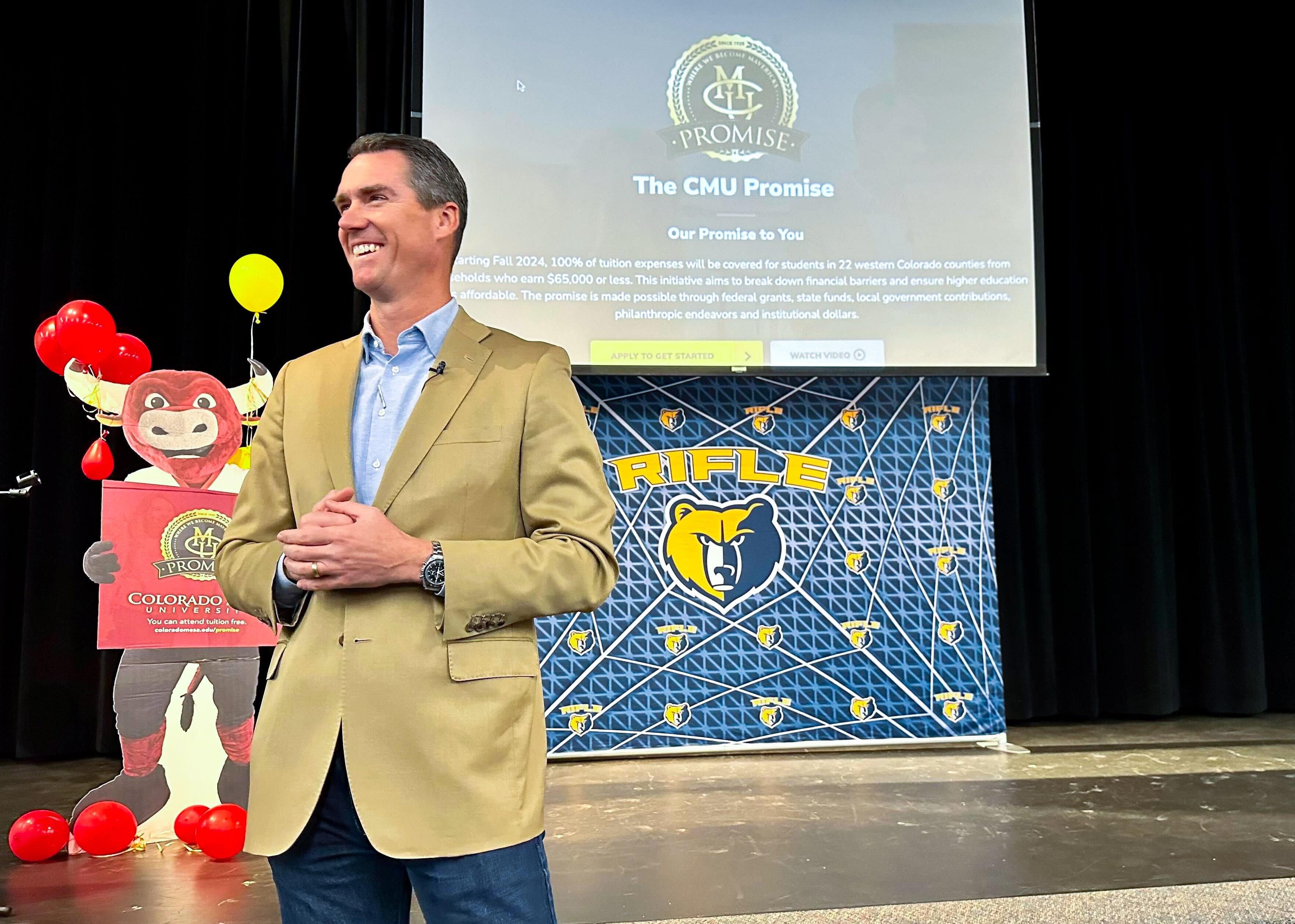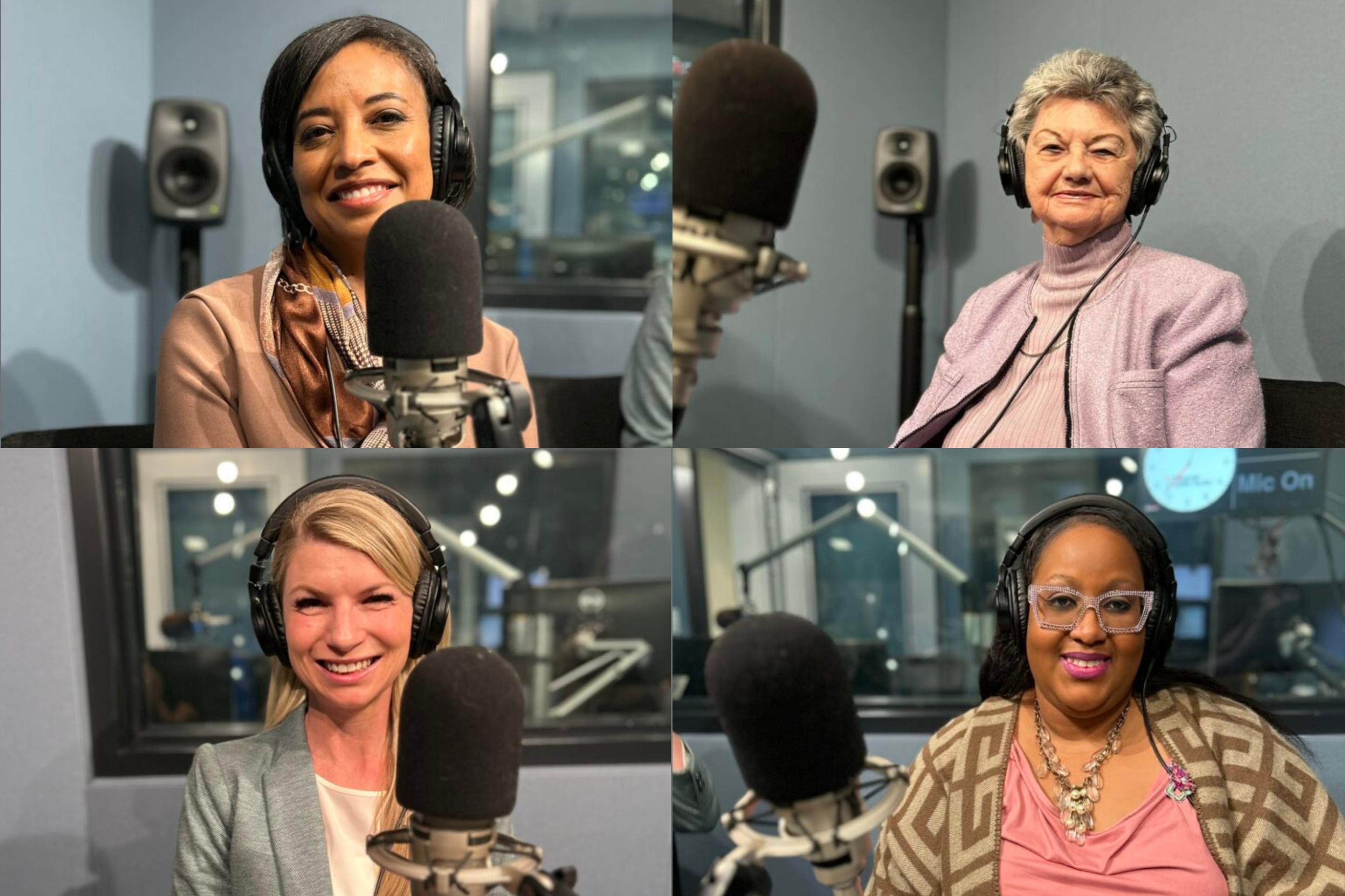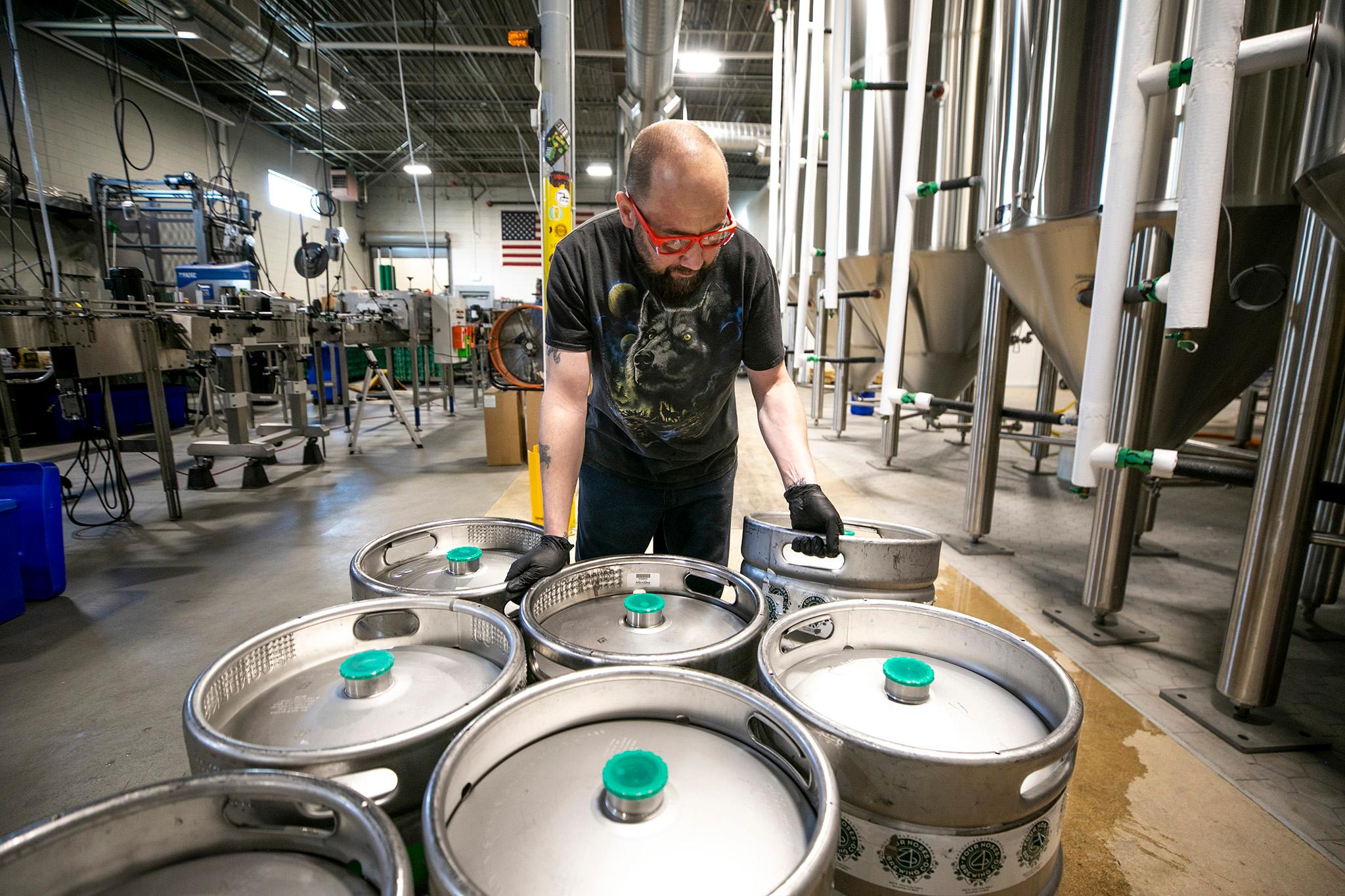 In this state, more than most others, voters make big policy decisions through the ballot, like the legalization of marijuana and the Taxpayer’s Bill of Rights.
In this state, more than most others, voters make big policy decisions through the ballot, like the legalization of marijuana and the Taxpayer’s Bill of Rights.
But ballot measures can be difficult to understand, and so a nonprofit organization from Oregon, called Healthy Democracy, launched a pilot project to help Colorado voters better educate themselves. A small group of Coloradans, representing the state's voter demographics, got together to study up on one initiative, and to share findings with other voters.
More: Election 2014 coverage | Voters guides
The 20 voter participants met in a University of Colorado Denver building downtown in September, gathering around a U-shaped conference table. For two days, they heard from experts on both sides of Proposition 105, which would require labeling genetically-modified foods. The participants asked questions of the experts, and then on the third full day, debated which arguments they felt were most important.
Participants traveled from across the state. Moises Morales, 19, took the bus from Alamosa, and stashed his stakeboard under his chair during the deliberations. Amy Bissell, a retired school teacher, drove up from Pueblo. Along with her neighbor at the table, Terrance Mackey of Denver, Bissell talked about the truthfullness of claims about the cost of labeling genetically-modified food.
 In picking apart the one ballot measure, Morales, Bissell, Mackey and the others acted as guinea pigs in an experiment to learn how to help voters better understand what they’re voting for, or against. Called a Citizens Initiative Review, it started with voters in Oregon in 2010. This year, it’s being piloted in Arizona as well as Colorado.
In picking apart the one ballot measure, Morales, Bissell, Mackey and the others acted as guinea pigs in an experiment to learn how to help voters better understand what they’re voting for, or against. Called a Citizens Initiative Review, it started with voters in Oregon in 2010. This year, it’s being piloted in Arizona as well as Colorado.
To choose the participants, Healthy Democracy sent invitations to 5,000 voting-age Coloradans. Of those who said yes, Healthy Democracy chose 20 who reflect Colorado’s voter demographics, including age, party affiliation, gender, education, and more. Organizers decided to focus on the GMO labeling initiative, rather than initiatives on open school board meetings, personhood or gaming at racetracks, because, they say, food labeling is universal -- and it’s a complicated proposition. The participants disagreed, for example, on the health effects of eating GMOs and the cost of labeling to consumers and farmers.
At the end of the day, the group prioritized the key points for and against the initiative, and wrote up their findings in a guide for Colorado’s voters.
In Oregon, the legislature now includes the citizens’ analysis in the official voter guide, also called a blue book, that it mails to voters. Researchers, including Katie Knobloch from Colorado State University, found more than half of voters there read it. "And that of those who read the citizen statement, over two thirds found it helpful when making their voting decision," she said.
Her team videotaped all three and a half days in Denver, and she found the group got good, unbiased information. But in Colorado, the group’s guidance won’t go out to every voter. Coloradans will have to find it online. Amy Bissell agreed.
"I have been a registered voter all of my life… and I read the blue book… I read whatever newspaper article comes out about them," she says. "This process showed me how shallow -- and I think that’s the best word for it -- how shallow I have been in the past on voting. But now I know, with this particular proposition, there’s a whole lot more to it than what it just looks like in words."
 Researchers still have to determine how effective the process can be for voters across the state. Organizers working with Healthy Democracy hope that for future elections, Colorado will adopt the citizens review process as Oregon has, and mail its findings to every voter. Bissell has an idea how to make that happen.
Researchers still have to determine how effective the process can be for voters across the state. Organizers working with Healthy Democracy hope that for future elections, Colorado will adopt the citizens review process as Oregon has, and mail its findings to every voter. Bissell has an idea how to make that happen.
"I want to have an initiative in the next election in 2015 that says this review is going to be mandated by law," she says.
At the end of their days together, the participants voted 11-9 in favor of the GMO labeling initiative. A similar process conducted in Oregon -- where there’s a similar proposal on the ballot-- got the opposite result. There, the vote was 11-9 against.









